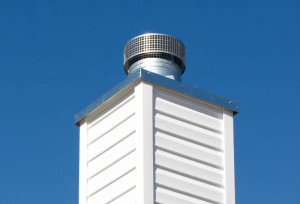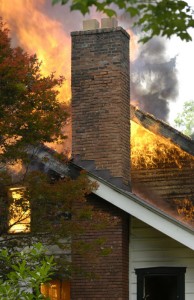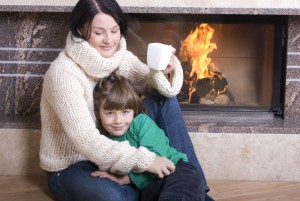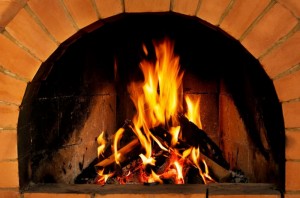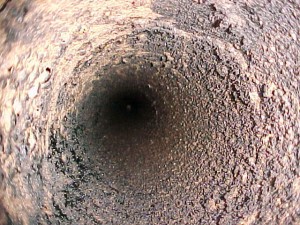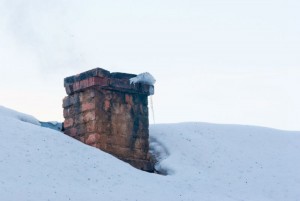Let the Chief Tell You Why Your Chimney Needs a Cap!
Whether you have a brick-and-mortar chimney, a new or aging insert, or a simple stove pipe, you may wonder about a chimney cap. A lot of home owners may have a policy of “out of sight, out of mind”, but although the chimney stack is outside, it can cause major issues inside without a proper cap.
The Chimney Safety Institute of America (CSIA) describes the chimney cap as “an important chimney safety and damage prevention component.”
Keep the Outside Out
Although chimney caps can be found at your local home improvement stores at an affordable price, some home owners don’t find them important. Although we at Chief Chimney Services are happy to service all chimneys, we recommend the use of a chimney cap for safety as well as prevention.
Wood-burning furnaces are designed to heat the inside of the home, the chimney designed to release gases and equalize pressure in the home, and the chimney cap designed to keep certain things outside the home.
Weather
Chief Chimney Services will clean, maintain, and inspect chimneys to make sure the path is clear for gases to escape, but rain, snow, and ice can cause flue obstructions if allowed into the chimney. We recommend using chimney caps to keep the path clear!
Since chimneys have to allow large amounts of pressure and gas to escape, there are sometimes multiple openings at the top, called flues. If moisture is allowed into the openings it can run directly into the chimney itself, causing minor problems like bothersome odors in the home, and more serious damage like rusted damper assemblies, deteriorated firebox assemblies, rot, clogged heating and clean-out systems, stained chimneys, decayed mortar, cracked or damaged flue lining, collapsed hearth support, and tilted or collapsed chimney structure.
Wildlife
If a chimney cap is damaged, improperly installed, or nonexistent you essentially have a hole in your roof that animals can access. Any animal that can climb onto your roof can also climb into your home. A chimney is a warm and safe place for animals to shelter their own families, so if they have the opportunity, expect them to take advantage!
If an animal finds a way into you chimney it can definitely cause obstruction, and could even suffocate, causing a foul odor in the home, and need removal.
Keeping the Inside Out
At Chief Chimney Services, we recommend chimney caps to prevent sparks from escaping the chimney. A hot fire has the power to push hot sparks up the chimney along with the smoke and gases. These hot sparks can damage the roof around the chimney, and can cause accidental environmental fires.
It’s our responsibility as home and business owners to be responsible for our homes and buildings. We strive to give our customers the best opportunity for success, and we are readily available to help you with your chimney.
When to Call a Professional
If you are ready to install a chimney cap, or have concerns there is a problem with your existing chimney cap, notice a smoke or draft problem in your fireplace, furnace, or chimney system call a Chief Chimney Services professional today, or click here to schedule an appointment online.

